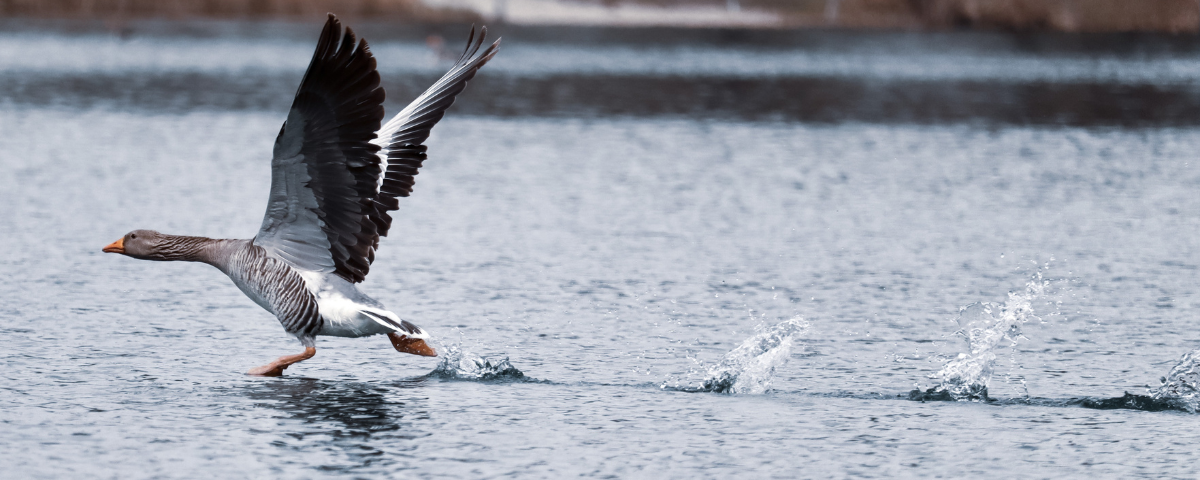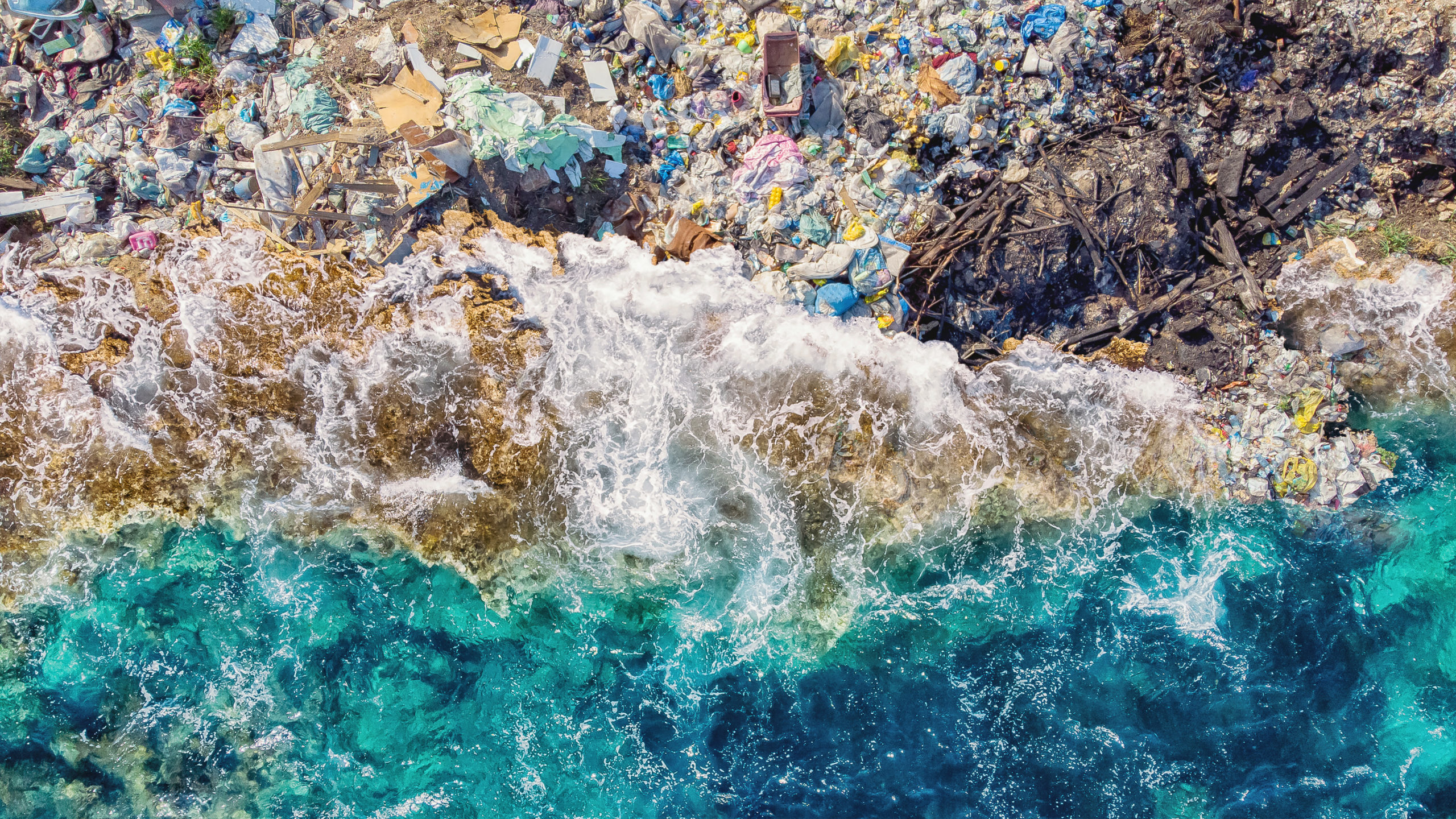To properly understand the consequences of water pollution, you need to know about the different types of pollution that are threatening our water sources. In this article, we will explore the various forms of water pollution and their repercussions on our health, environment, and future. You will understand our motivations and why it is crucial to act in a responsible way in order to preserve our water.
1. Main Sources of Water Pollution
1.1. Organic Waste
Organic pollution is among the most common. It comes from household, vegetal, and animal waste, as well as excrement. This waste contains bacteria and viruses that can cause microbiological pollution, which represents a risk for our public health. Organic pollution is in fact caused when this organic waste is dissolved into our water, whether its provenance is natural or not.
1.2. PFAS
PFAS refer to per- and polyfluoroalkyl substances. These are synthetic chemicals that have been used for decades for several industrial and commercial applications (ex: waterproofing products, stain-fighting products, anti-adhesive products, food packaging, etc.). The big problem with PFAS is that they break down very slowly after use. These contaminants therefore remain in the environment for a very long time. They have even been known to be called “eternal chemicals”.
While drinking water is not the main source of exposure to PFAS, this fact remains concerning. Although PFAS has been a subject of study for years in Quebec and Canada, there is still little data and knowledge on the subject. In April 2023, Health Canada set the objective of reducing the population’s exposure to PFAS through drinking water.
|
1.3. Medications
Pharmaceutical products cause colorless, odorless, but still important and omnipresent pollution in the water. Recent studies have shown that many lakes and rivers worldwide contain medical substances at a higher level than what is considered safe for humans and aquatic organisms.
How does medication end up in the water? The answer is simple: it is ingested by people, partially metabolised, and the rest is eliminated in wastewater. Some people also dispose of their medications in the toilet.
1.4. Microplastics

Microplastics are small pieces of plastic of less than 5 millimeters. They are too small to be extracted by traditional filtration systems. Because of this, they make their way into our lakes, rivers, and oceans. Cutting-edge technologies are needed to detect these microplastics that come from the decomposition of larger plastic waste or other commonly consumed products.
|
1.5. Lead
Lead is a metal that is naturally present in the environment, whether it be in the soil, the air, or even our food. In Canada, lead is not normally found in natural water sources or treated water. It is through our plumbing systems and distribution networks that lead can make its way into our drinking water. This is especially the case in old houses because, up until 1975, The National Plumbing Code of Canada considered lead to be an acceptable metal to use in the conduits.
We now know that consuming water containing lead can constitute a health risk, especially for children.
1.6. Agriculture
Field crops and livestock farming are sources of chemical pollution. The fertilizers, pesticides, herbicides, veterinary medications, and other substances end up in surface or groundwater, namely because of excessive manure spreading. This chemical pollution drives the proliferation of algae and bacteria causing a lack of oxygenation, a phenomenon known as eutrophication.
|
2. Main Consequences of Water Pollution
2.1. Disease
Consuming contaminated water can lead to serious health problems such as diarrhea, Cholera, Hepatitis A, Legionella, Dysentery, and in some cases, even death. The World Health Organization estimates that around 485,000 deaths each year can be attributed to diarrheal diseases caused by the microbiological contamination of our drinking water. This goes to show just how important it is to protect this vital resource.
The Ministère de l’Environnement, de la Lutte contre les changements climatiques, de la Faune et des Parcs clearly explains it: “The direct consequence of the microbiological contamination of our surface water is the risk to the health of swimmers and other aquatic activity enthusiasts who are exposing themselves to eye, ear, and skin infections, as well as gastrointestinal issues. à la peau et à des troubles gastro-intestinaux. »
|

2.2. Other Impacts on our Health
Lead in water can constitute a serious health risk, particularly in children, whose developing systems are particularly vulnerable. It can have devastating consequences on their neurological and behavioural development (ex: lowering of I.Q.).
For adults, prolonged exposure to lead through drinking water can increase blood pressure and cause kidney disease. The long-term effects of this contamination are concerning, bringing to light the crucial need to constantly remain vigilant in terms of the quality of our water, as well as invest in the modernization of our infrastructures in order to guarantee safe drinking water for everyone.
|
2.3. Impact on our Ecosystems
Toxic substances and chemical pollutants impact the balance of our lakes, rivers, and oceans, degrading aquatic species’ natural habitats. This is seen by a loss of biodiversity, the proliferation of harmful algae, and changes in the food chain. Aquatic ecosystems, essential to the survival of many species, are seriously threatened by water pollution, highlighting the critical importance of preserving this precious resource.
|
2.3. Animal Mortality
Water pollution increases the mortality rate of certain animal and vegetal species, sometimes even leading to their extinction. It also alters the physiological capacities of aquatic organisms and deteriorates the quality of the water, making it unsafe for certain uses, namely for human consumption. This threat to the aquatic flora and fauna endangers the balance between the aquatic ecosystems and highlights the urgency of protecting our water sources.

2.4. Accumulation of Microplastics in the Body
The microplastics present in our water eventually accumulate in our organism, causing concern over their effects on human health. Studies have shown the presence of microplastics in our lungs, liver, placenta, and blood. The long-term effects of this exposure are still to be determined, but are a growing source of concern for many experts and healthcare professionals
|
2.5. Abandonment of Riparian Zones
Water pollution causes the degradation and abandonment of many riparian zones, both in urban and rural areas. The insalubrity of certain rivers has driven many residents to leave these once sought-after areas in search of a better environment.
Unfortunately, over time, some of these zones have become waste disposal sites, places to stockpile various materials, and run-down neighbourhoods. The lack of investment into infrastructures and restoration has made these zones even less attractive to current or potential residents. “Dozens of beaches that provided free fun for everyone are now deserted because of the quality of the water. Swimming has always been a very popular activity, and the beach a wonderful place for socializing. The deterioration over the last several decades has imposed serious constraints to these family activities, or have at minimum forced us to find other locations in which to practice them.” says the MELCCFP.
|
Let’s Limit and Reverse the Consequences of Water Pollution
It is crucial to act now for water preservation! Each one of us can contribute to limiting the consequences of water pollution by avoiding wasting water and adopting more eco-friendly practices. Protecting our water sources is a collective responsibility, and we must take preventive measures to preserve this precious resource for future generations. Donate to AquaAction to help find even more innovative solutions to the problems faced by our water. Let’s act now for a safer and healthier future!


